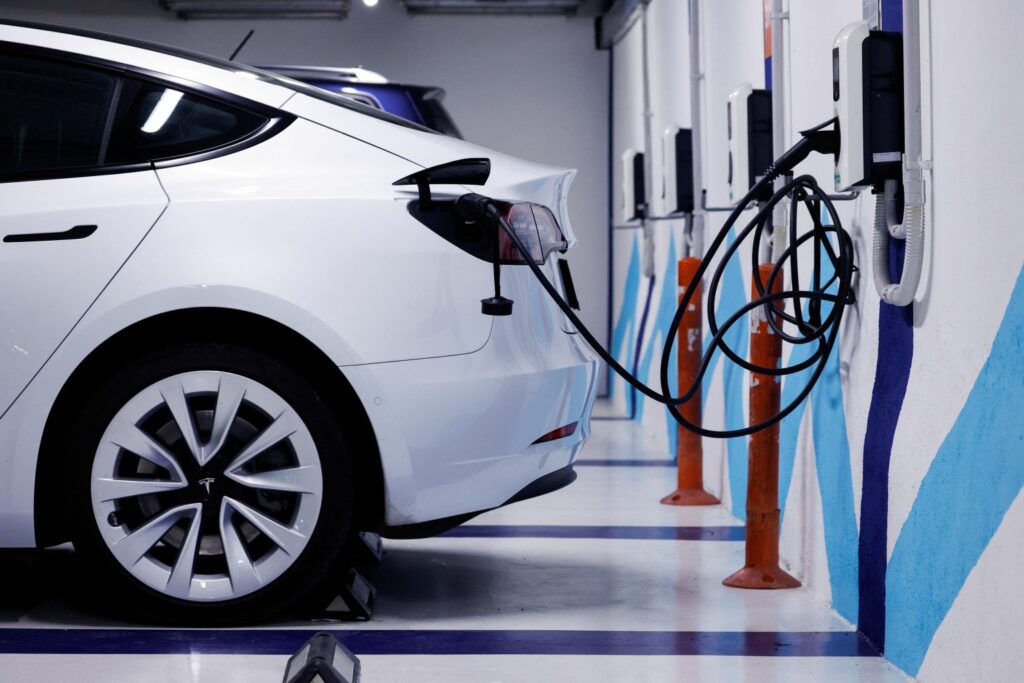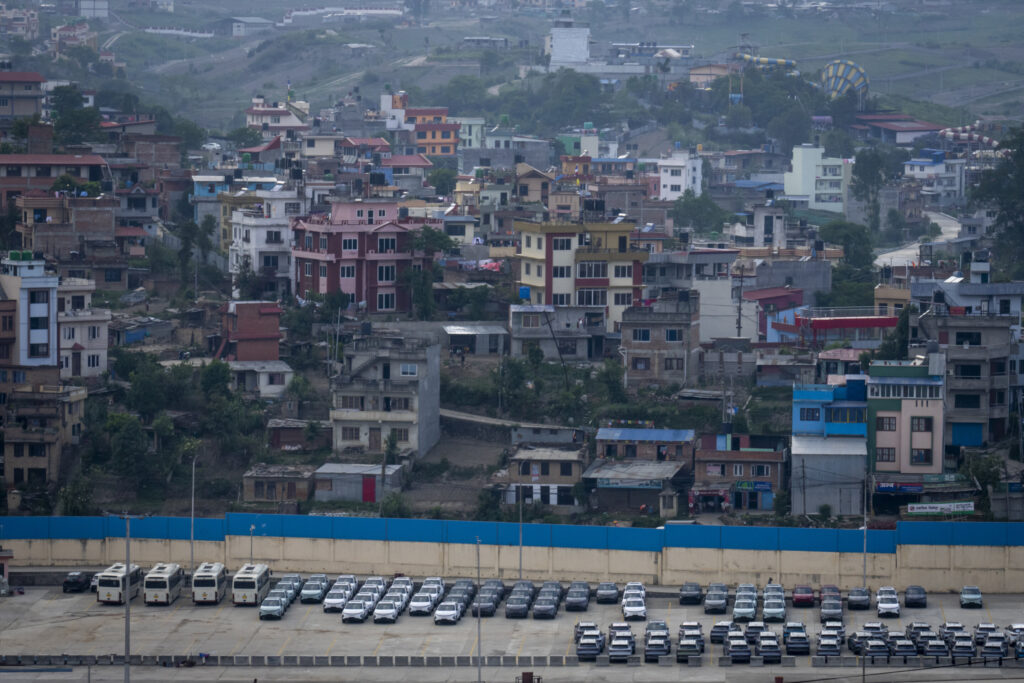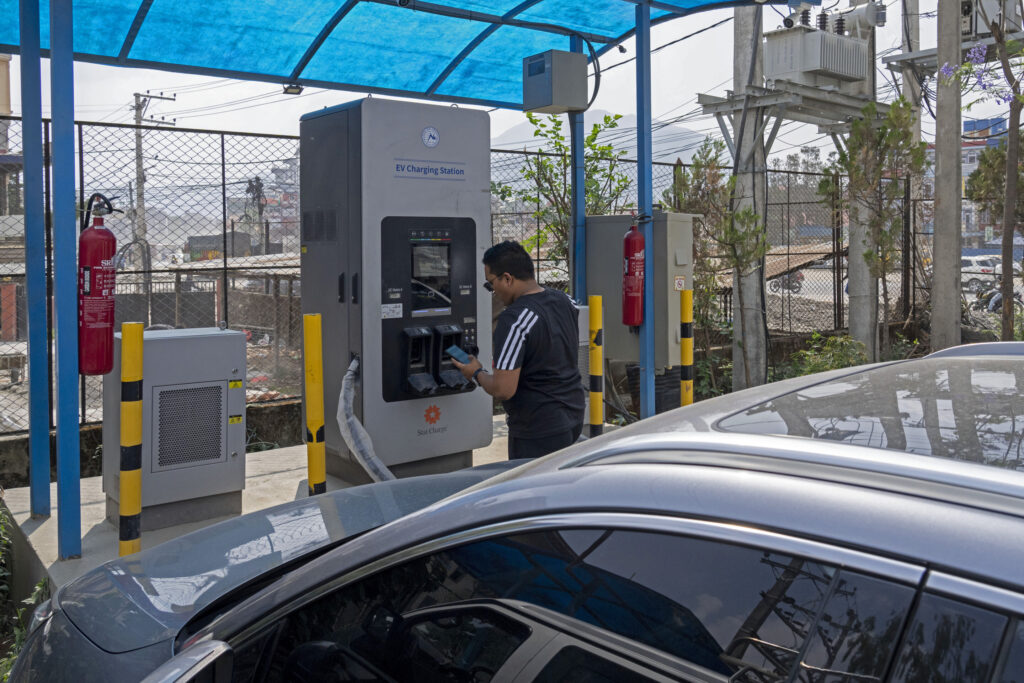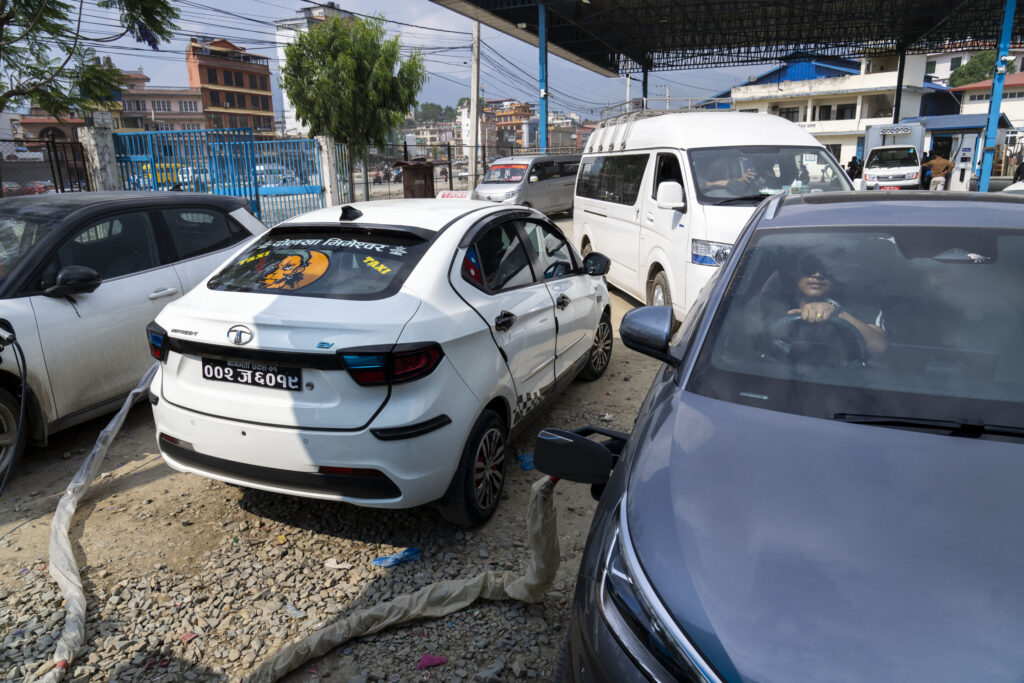
Country That Sells 76% of Its Cars as Electric Vehicles
Electric vehicles (EVs) are taking over roads worldwide, but one country stands out with an astonishing adoption rate—76% of all cars sold there are electric. This surprising leader isn’t Norway, China, or the U.S., but Nepal, a small Himalayan nation making giant strides in sustainable transportation.
How did Nepal achieve this remarkable milestone? The answer lies in government subsidies, abundant hydroelectric power, and strong trade ties with EV manufacturing giants. Let’s explore why Nepal leads the world in EV adoption and what other countries can learn from its success.
Why Nepal? The Key Drivers Behind Its EV Revolution
1. Government Incentives Make EVs Affordable

Nepal’s government aggressively promotes electric vehicles by slashing taxes and offering subsidies. While fossil-fuel cars face high import duties (up to 250%), EVs enjoy tax exemptions and discounts, making them cheaper than gasoline-powered alternatives.
Additionally, Nepal’s Electric Vehicle Promotion Policy sets ambitious targets, including 90% EV sales by 2030. These policies have turned EVs from a niche choice into the default option for Nepali car buyers.
2. Cheap, Clean Hydroelectric Power Fuels the Shift

Unlike many nations reliant on coal or gas, Nepal generates over 90% of its electricity from hydropower. This means EVs running on Nepali electricity produce near-zero emissions, making them truly green.
With electricity costs among the lowest in South Asia, charging an EV in Nepal is far cheaper than refueling a petrol car. This economic advantage accelerates adoption, especially as global fuel prices rise.
3. Proximity to China—The World’s EV Manufacturing Hub
Nepal shares a border with China, the world’s largest EV producer. Chinese automakers like BYD, MG, and NIO dominate Nepal’s market, offering affordable and reliable electric cars.
Thanks to lower shipping costs and trade agreements, Chinese EVs flood Nepal’s market at competitive prices. Meanwhile, Western brands struggle to match these prices, giving Chinese manufacturers an edge.
Challenges Nepal Faces in Its EV Transition

Despite its success, Nepal’s EV boom isn’t without hurdles:
- Limited Charging Infrastructure – Outside major cities like Kathmandu, charging stations remain scarce.
- Power Grid Strain – As EV numbers grow, Nepal must expand its electricity grid to avoid blackouts.
- Battery Recycling Issues – Nepal lacks proper systems to recycle used EV batteries, posing an environmental risk.
What Other Countries Can Learn from Nepal
Nepal’s EV success offers valuable lessons for nations aiming to go electric:
✅ Strong Policy Support Works – Tax breaks and subsidies make EVs accessible.
✅ Renewable Energy is Key – Clean power makes EVs truly sustainable.
✅ Leverage Nearby Manufacturing – Partnering with EV-producing neighbors cuts costs.
The Future of EVs in Nepal
With 76% of cars sold already electric, Nepal is on track to become the world’s first fully EV-dominated nation. If it addresses infrastructure gaps, it could set a global benchmark for sustainable transport.
Final Thoughts
Nepal proves that even smaller economies can lead the EV revolution with the right policies, energy sources, and trade partnerships. As the world races toward electrification, Nepal’s story serves as both an inspiration and a roadmap.

